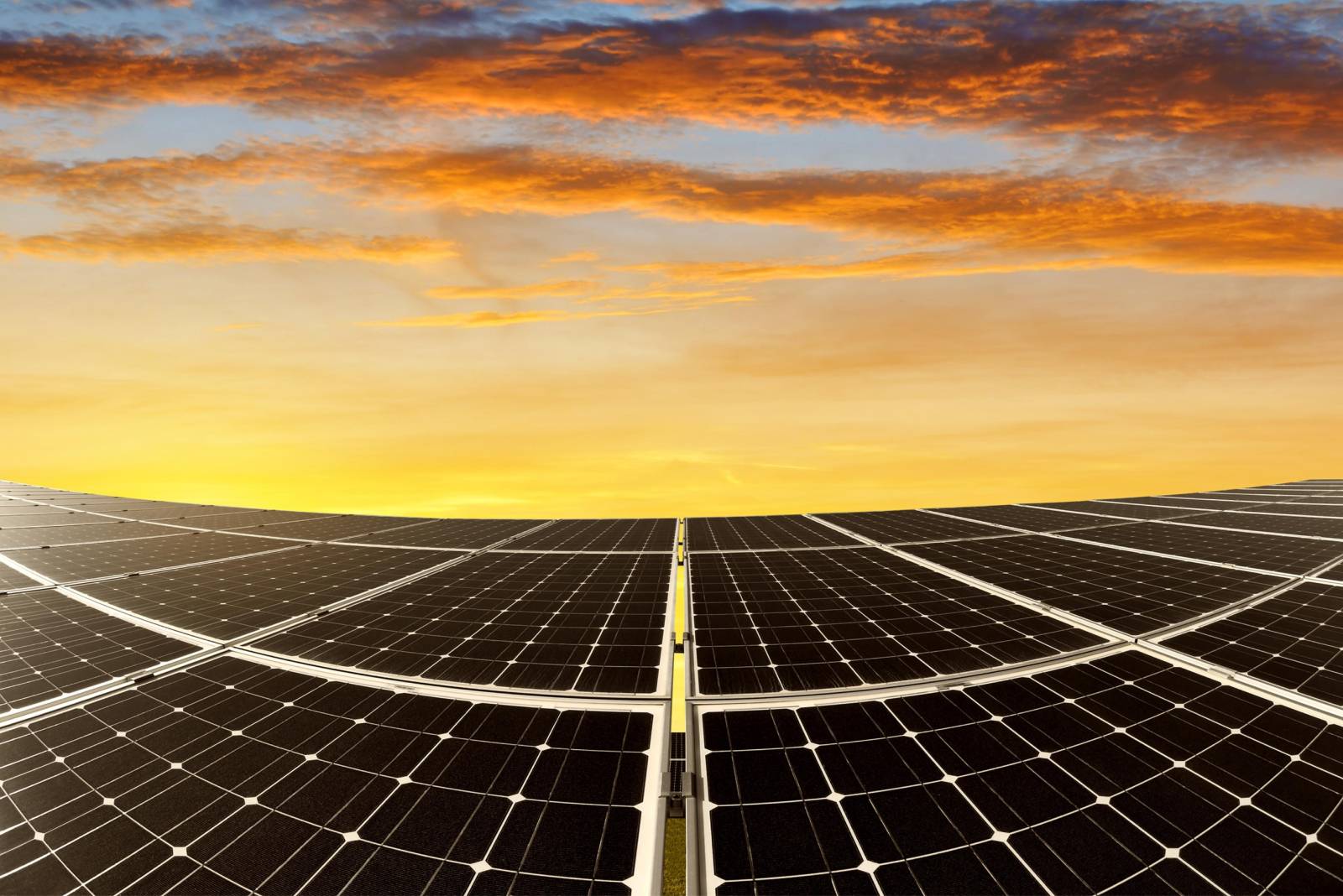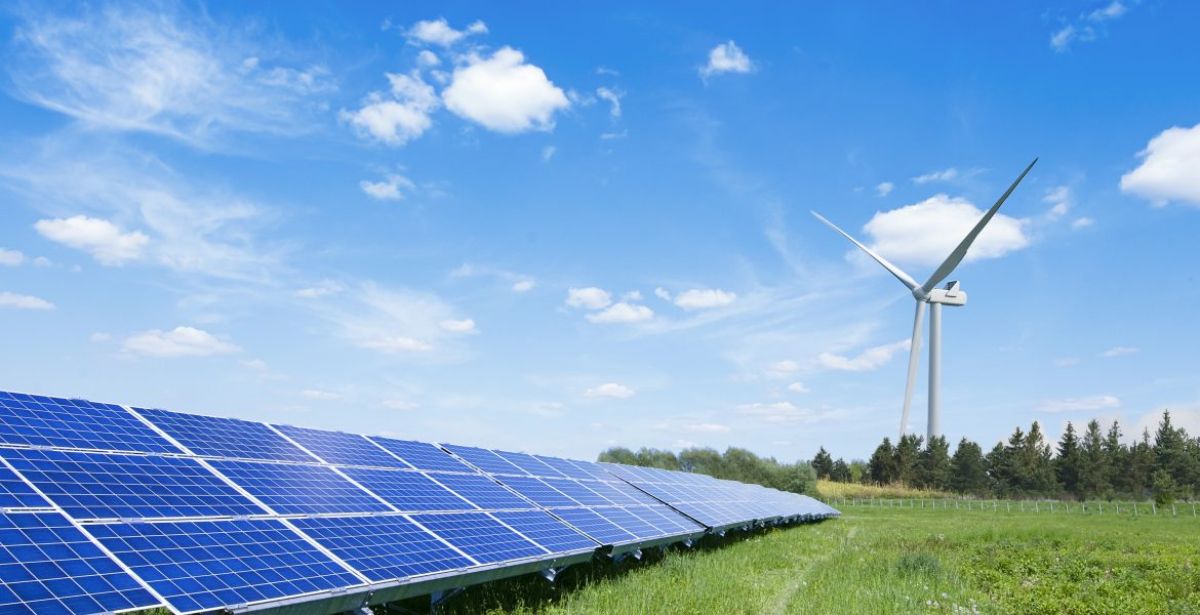Leadership Programs Can Help Advance Carbon-free Electricity Across Global Value Chains
With large amounts of carbon emissions associated with global value chains, energy customers are paying increasing attention to opportunities to reduce these emissions and verify the reductions. Emerging regulations like the European Union’s carbon-border adjustment mechanism (CBAM) and the U.S. Securities and Exchange Commission’s forthcoming rule for climate-related disclosures for investors add greater urgency to addressing these Scope 3 emissions generated by customers’ upstream and downstream value chain partners.
Based on recent workshops, interviews, and additional research, the Clean Energy Buyers Institute (CEBI) has identified three types of current leadership programs that focus on electricity-related emissions and/or value chain decarbonization:
- Leadership in green electricity purchases: These programs recognize voluntary procurement of carbon-free electricity (CFE) resources in a variety of formats. The recognition for CFE may sometimes be applied to value-chain partners’ energy use in specific regions, beyond a customer’s direct energy procurement. However, these partners’ CFE use is less common and hard to quantify. As a result, current programs still focus primarily on participating entities’ green-electricity procurement for direct operations.
- Leadership in green products: Some programs provide recognition for products that meet a variety of environmental and social standards that can include supply chain measures. However, electricity seldom appears as a single category in these standards, because the life- cycle assessment for a product’s carbon footprint rarely generates a specific category for that product’s carbon emissions associated with electricity usage. For products that are currently certified for their use of CFE during the manufacturing phase, the emissions usually fall under the company’s Scope 2 emissions, instead of Scope 3.
- Leadership in value chain-specific, issue-specific, and/or sector-specific initiatives: These programs emphasize value chain decarbonization efforts. Here again, however, difficulties arise in identifying and quantifying specific electricity usage in a value chain and its related emissions, and current programs struggle to recognize leadership in this area. Some programs also are designed to focus narrowly on only certain issues and/or sectors.
To promote nascent efforts to decarbonize value chains and increase global CFE demand (including the untapped potential of small- and medium-size enterprises, or SMEs, found across value chains), CEBI research suggests a qualitative approach can help customers better set value chain goals, join peer communities of learning and best practice, and receive recognition for demonstrated leadership. Our best practice guidance builds on 2022 U.S. Environmental Protection Agency (EPA) guidance as well as information sharing and early leadership examples. We also anticipate the eventual formation of more comprehensive and/or quantitative-oriented leadership programs.
The formation of a new leadership program focused on supporting the adoption of CFE across global value chains should include:
- A casebook, or collection of best practices, published annually to highlight energy customers’ work to promote CFE procurement among their value chain partners. The casebook would be open for submissions from all businesses across all industries, including business groups. The customer efforts recognized in the casebook could include:
- effective awareness- and capacity-building that contributes to a suppliers’ CFE procurement,
- central coordination efforts that group multiple suppliers for collective virtual power purchase agreement (vPPA) signings,
- innovative ways of estimating electricity-related emissions along the value chain, and
- energy attribute certificate (EAC) procurement on behalf of upstream and downstream value chain partners to increase CFE demand and support accelerate CFE deployment.
- An annual industry event where customers highlighted in the casebook gather with other relevant stakeholders to discuss lessons learned. The attendees could discuss what worked and what didn’t, as well as persistent challenges for value chain CFE procurement, the regions where those challenges occurred, and types of value chain partners experiencing the challenges. The event would provide an opportunity for businesses to learn from each other and explore paths forward.
- Formation of working groups among value chain decarbonization leaders recognized in the casebook, to address roadblocks to reducing electricity-related emissions along global value chains. This could also include coordinating efforts to expand EAC use to cover value chain electricity consumption, evolve standards to quantify related impacts, or develop other actions the leaders might decide to pursue.
The formation of this new leadership program would also complement one of CEBI’s four main recommendations on ways to improve the Greenhouse Gas Protocol. If the Greenhouse Gas Protocol can provide clarity around how to conduct greenhouse gas accounting for CFE procurement across value chains and create a new program recognizing leadership in value chain decarbonization, organizations will have greater motivation to scale the adoption of CFE across their value chains and integrate this into their annual greenhouse gas inventories.
CEBI is working with various industry stakeholders in 2023 to further define and explore opportunities to initiate the formation of a new customer program that recognizes leadership in value chain decarbonization.











